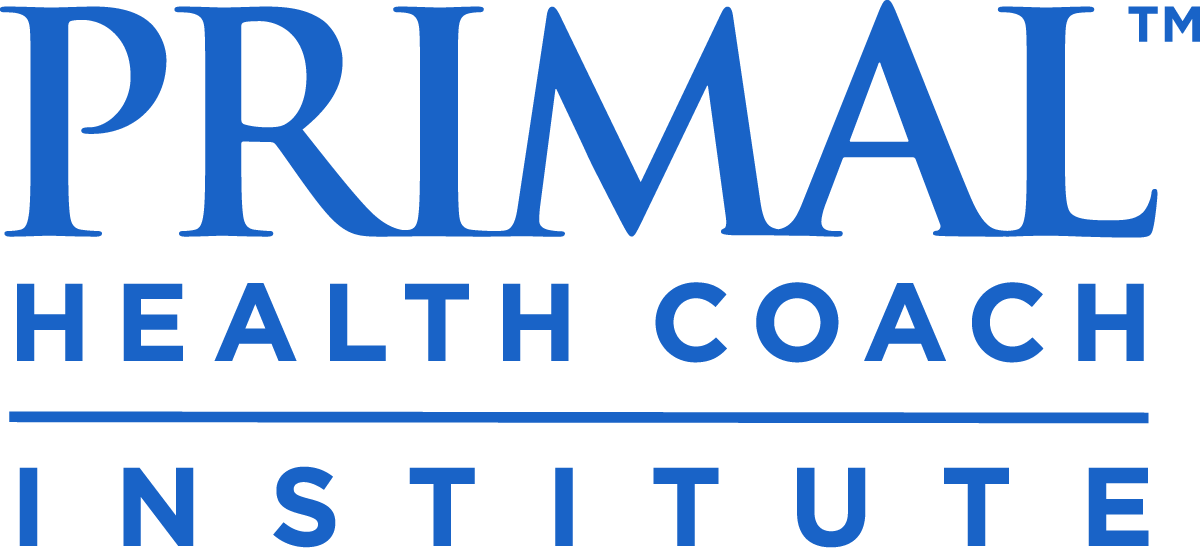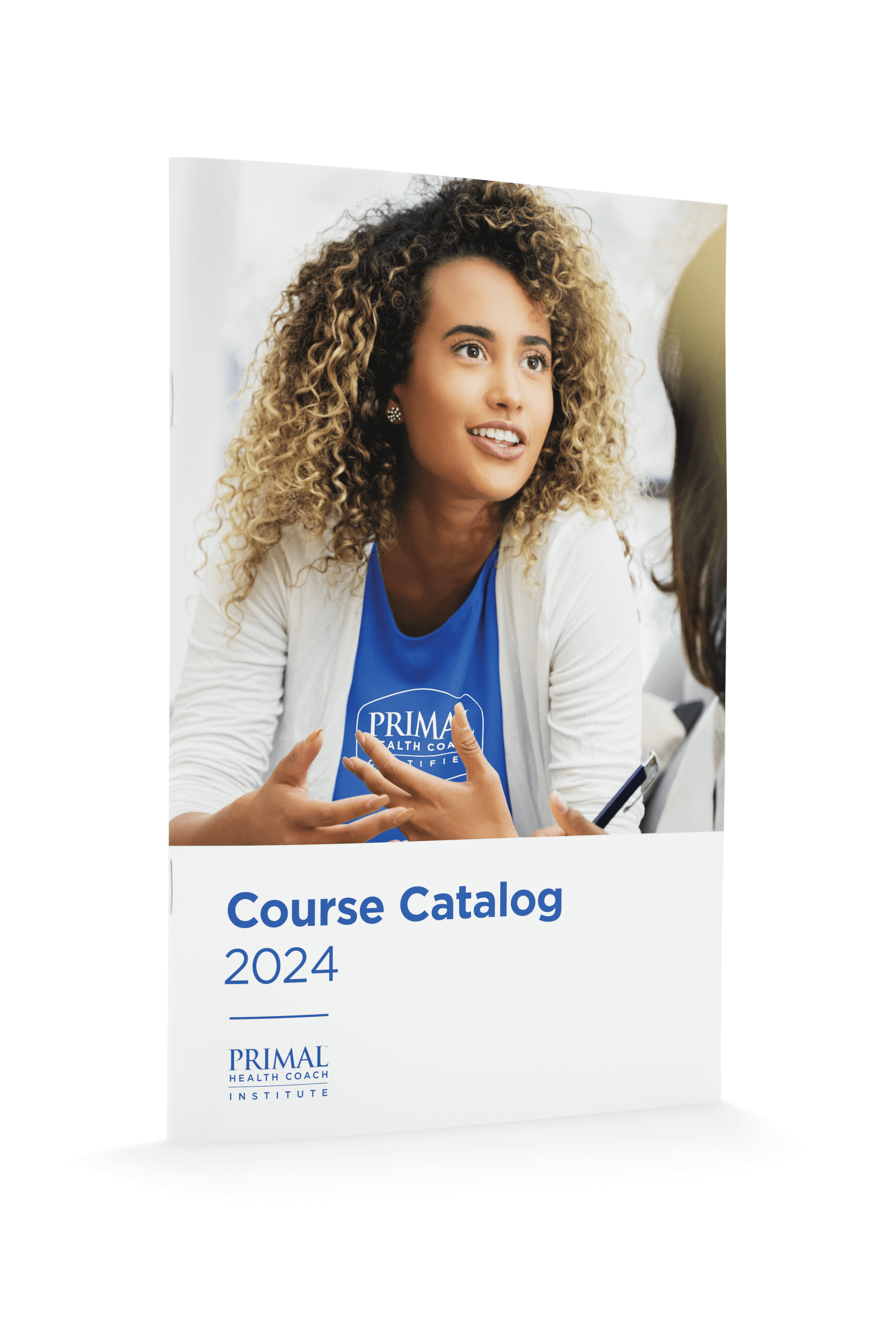
We’re living in an age of more, more, more, which might explain the undeniable trends of minimalism and subtraction. Subtraction is a bit different from minimalism because it’s less about how many things you have or do, and more about where you put your efforts and attention.
When we want to improve our business we mostly think of adding things–new tools, new projects, and more commitments. We overlook the solution of subtracting things, instead. As a result, we spread our resources across too many areas, which means mediocre results.
Several books have been published on the subject, like Subtract, Essentialism, Effortless, and The One Thing, and it got us thinking about how much intentional subtraction can help us health coaches reduce the amount of non-essential inputs and outputs so we can focus on what matters, thus making a greater impact.
Here are 9 practical ways to use subtraction in your health coaching business…
Starting Your Business
1. Defeat New Business Procrastination
It’s not uncommon for new health coach graduates to stall by taking in too much content instead of taking real steps to start and grow a coaching business. Start overcoming this common procrastination trap with these 3 steps to help you focus on content that counts:
Step 1. Make a list of your top three favorite business gurus—with #1 being the expert whose support is best aligned with your immediate business goals. If you have many competing goals, ask yourself WIN – What’s Important Now?
Step 2. Go to your email inbox and promotions folder, and unsubscribe from all business marketing emails from anyone who’s not on the list of your top three business gurus.
Step 3. Go to the social media account you spend the most time on and temporarily unfollow (mute, or snooze) all of the business pages that are not in your top three list. Be sure to change settings so that your #1 guru appears in your news feed every time.
Once you’ve completed these steps, it’ll be easy to prioritize and apply the business advice that counts while putting a stop to the distractions (so you can focus on WIN!).
2. Choose a Niche
The Primal Health Coach certification program equips you to graduate with a specialized set of knowledge—compared to schools that cover every diet and health philosophy on earth—which means a clearer path for you and your new coaching business, right out of the gate. Haven’t chosen a niche yet? Try this:
Step 1. List the top three niches you’re considering.
Step 2. Circle the niche you’ve received the most interest in, then underline the one you’re most experienced in (whether via personal experience, coaching experience, or educational intellect).
Step 3. Comparing the niche you underlined versus the one you circled, ask yourself this: If I devoted all of my content and marketing efforts to one single niche for the next 6 months, which is more likely to make an impact by then? Subtract the other niches for now, and put your focused efforts into that favorable prospect.
Think you’d be better off with two niches?
Try validating one niche concept, and then subtract the other. How? Check out our interview with niche expert Michelle Leotta, where she shared a story from when she tested two niche markets. Even though Michelle favored one and wanted to keep both, she discovered that one would be a clear winner, and the other was just diluting her efforts…and that’s when her business really began to soar.
Clarifying Your Message
3. Clean Up Your Social Media Content
Head over to the top social media platform where you post most consistently (or your blog if that’s where you focus on content creation) and follow these steps:
Step 1. Looking at your twenty most recent posts, make a list of the topics that sum up the content you cover in those posts (e.g. cooking tips, primal fitness, inflammatory vegetable oils, gluten/grains, “about me”, etc…).
Step 2. If your list contains more than three topics, circle the three topics that are most relevant to your niche and your ideal client’s immediate concerns.
Step 3. It’s time to subtract the rest of your list, and focus your content on the top three topics. This concentrated approach will help to increase your confidence, your followership, and it’ll lead to greater results in your business.
4. Distill the Facts
Scenario: You receive a private message from one of your loyal fans, venting, “There’s so much conflicting information out there about what to eat. I’m confused…should I eat less carbs, eat less often, eat less meat? I’m lost.”
Instead of replying with a monologue about what, where, why, and how to overcome this state of overwhelm, help your audience distill the facts with some simple, key takeaways. Here’s one of my go-to replies, for example, “Whenever I need to sift through conflicting dietary advice, I look to Ancestral Health. How did humans eat, historically, long before factories, diet books, and drive-thrus? What would my diet look like without modern conveniences like household refrigerators or sliced bread?”
In many cases, you’ll discover that less is truly more.
Erin Power, PHCI instructor and metabolic health coach, says she asks every client these three questions during each session: “How’s your appetite? How’s your energy? How are your cravings?” If you’re able to simplify the key principles of your health philosophy, you’ll boost client self-efficacy and confidence, build rapport, and make a greater impact.
5. Think in 3s
Looking for a cue that suggests it’s time to subtract? When it comes to the work you do or the content you consume, it helps to think in 3’s…
- How many projects are you working on? More than three is far too many.
- How many services do you promote? Three or fewer is ideal.
- When you’re hosting a webinar or workshop, narrow down the content to three, key teaching points.
Don’t underestimate the power of simplicity.
“If you try to teach people everything about everything, you run the risk of teaching them nothing…Don’t go for the overly sophisticated message. Don’t go for the one that makes you sound smart. Go for the straightforward message that can be easily understood and repeated.” (McKeown, Effortless)
Eliminating Distractions
6. Bring Focus to What You’re Working On
Loosely list all of the ideas or projects you want to tackle in your business over the next six months. Then consider the following:
- Which project will bring you closer to your primary business goal?
- Which one will have a ripple effect on the other projects or goals?
- Which projects are a distraction?
- WIN – What’s Important Now?
- Avoid the commitment trap: cut your losses on a current project if you wouldn’t commit to it again given the chance.
7. Subtract Social Media Platforms
Which form of content is most important to you and your ideal client? Are your marketing efforts spread across too many social media platforms? If yes, it’s time to subtract. Dedicate three months to consistently post quality content on one social media platform instead of allowing your message to get diluted across many.
Working With Clients
8. Simplify New Client Impressions and Onboarding
How many steps, no matter how small, does it take for a potential client to sign up for your services? The more steps and clicks required to sign up, the more time a prospective client has to get distracted or change their mind. Reduce the number of steps or clicks and you’ll increase the number of conversions.
Be sure to simplify the signup process between a discovery call “yes” and a paying client, too, because some people will not follow through if the process seems burdensome…
I solved this problem in my business by sending “yes” prospects just two initial steps to get started. Step 1) Submit your payment, Step 2) Schedule your first four sessions.
Then, once I receive their payment, I send a coaching agreement requesting their digital signature (via DocuSign). Lastly, I auto-schedule an email to send two weeks prior to their first session with a link to my digital client intake form (created with JotForm). Initially, all of the above requests were sent in one email which caused some people to flake on our agreement. Ever since I shortened and simplified the number of initial steps required, my “yes” clients turn into paying clients.
9. Streamline Check-in Forms
As you build your coaching practice, you may end up with a client who repeatedly skips check-ins between sessions. Instead of wondering “What can I do to make them submit the check-in form?” think: What obstacle can I remove to make it easier to follow through? Or how might things improve if we scratch the check-in requirement altogether? I resolved this issue in my business by only using check-in questions with clients who opt-in for that feature.
To attain knowledge, add things every day. To attain wisdom, subtract things every day. – Lao Tzu
Next time you’re stressed, stuck, or spread too thin, ask yourself, “What can I remove so that my efforts have the greatest impact?”



